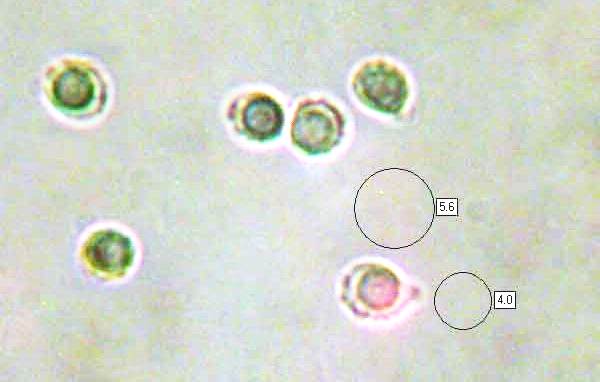Ramariopsis kunzei (Fr.) Corner - Ivory Coral
Phylum: Basidiomycota - Class: Agaricomycetes - Order: Clavariales - Family: Clavariaceae
Distribution - Taxonomic History - Etymology - Identification - Culinary Notes - Reference Sources
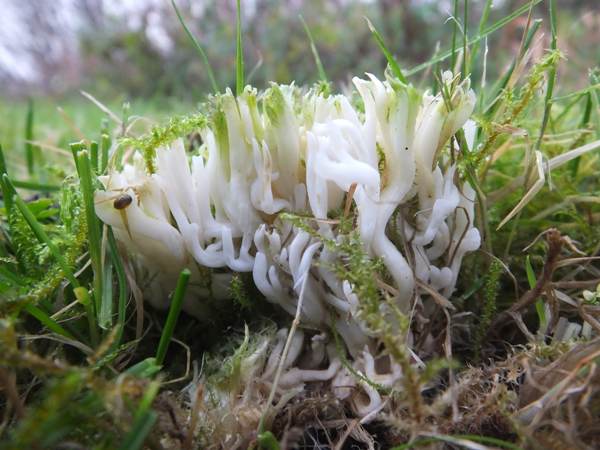
This branching coral fungus is not always easy to spot when it is growing in mossy grassland, but in woodlands it may be almost entirely buried under wind-blown leaf litter.
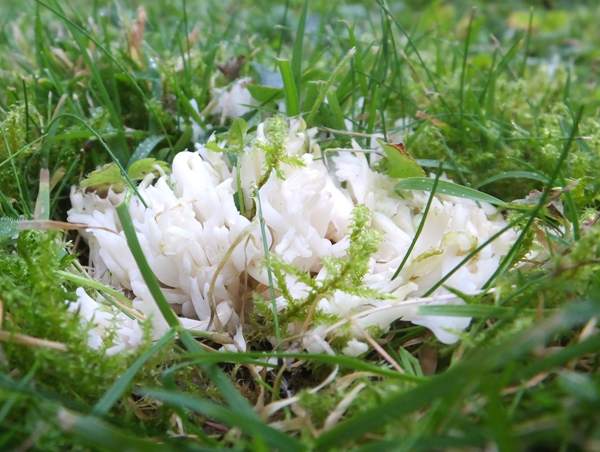
Distribution
An infrequent find in Britain and Ireland, Ramariopsis kunzei is also found in most temperate parts of mainland Europe and Asia. This species is known to occur also in North America.
Taxonomic history
Some club-like and coral-like fungi are ascomycetous, but fairy clubs of Ramariopsis and related genera belong to the Basidiomycota.
Ramariopsis kunzei was was originally described in 1821 by the great Swedish mycologist Elias Magnus Fries, who gave this species the scientific name Clavaria kunzei. The name Ramariopsis kunzei dates from a 1950 publication by British mycologist Edred John Henry Corner (1906 - 1996).
Synonyms of Ramariopsis kunzei include Clavaria kunzei Fr. Clavaria subcaespitosa Peck, Clavaria elongata Britzelm., and Ramaria kunzei (Fr.) Quél.
Etymology
The generic name Ramariopsis means resembling Ramaria, while the specific epithet kunzei honours German botanist/mycologist Otto Kuntze (1843 - 1907).
Identification guide
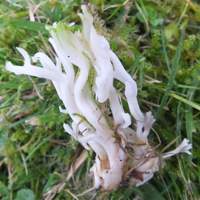 |
DescriptionUpright repeatedly-branching fruitbody arising from a common pruinose (finely-downy or felted) basal stem; surface smooth white, cream or occasionally pinkish; flesh whitish and brittle to moderately flexible; complex fruitbody typically about 6cm but occasionally up to 12cm in height and 5 to 8cm across. Terminal tips may be either blunt or pointed. |
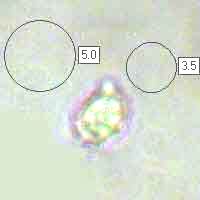 |
SporesBroadly ellipsoidal to subglobose, finely warty, 4-5.5 x 3-5µm. Spore printWhite. |
Odour/taste |
No noticeable odour; taste mild but not distinctive. |
Habitat & Ecological role |
Saprobic, on the ground among leaf litter in deciduous woodland, and occasionally in unimproved mossy grassland. |
Season |
June to December in Britain and Ireland. |
Similar species |
Ramariopsis subtilis is more slender and has smaller, less warty (sometimes smooth) subspherical or spherical spores. Clavaria fragilis has white unbranching spindly fruitbodies. |
Culinary Notes
Ramariopsis kunzei is reported to be edible, but it has no significant culinary value and is surely best left so that others can enjoy seeing it.
Reference Sources
Fascinated by Fungi, 2nd Edition, Pat O'Reilly 2016, reprinted by Coch-y-bonddu Books in 2022.
Dictionary of the Fungi; Paul M. Kirk, Paul F. Cannon, David W. Minter and J. A. Stalpers; CABI, 2008
Taxonomic history and synonym information on these pages is drawn from many sources but in particular from the British Mycological Society's GB Checklist of Fungi.
Fascinated by Fungi. Back by popular demand, Pat O'Reilly's best-selling 450-page hardback book is available now. The latest second edition was republished with a sparkling new cover design in September 2022 by Coch-y-Bonddu Books. Full details and copies are available from the publisher's online bookshop...
